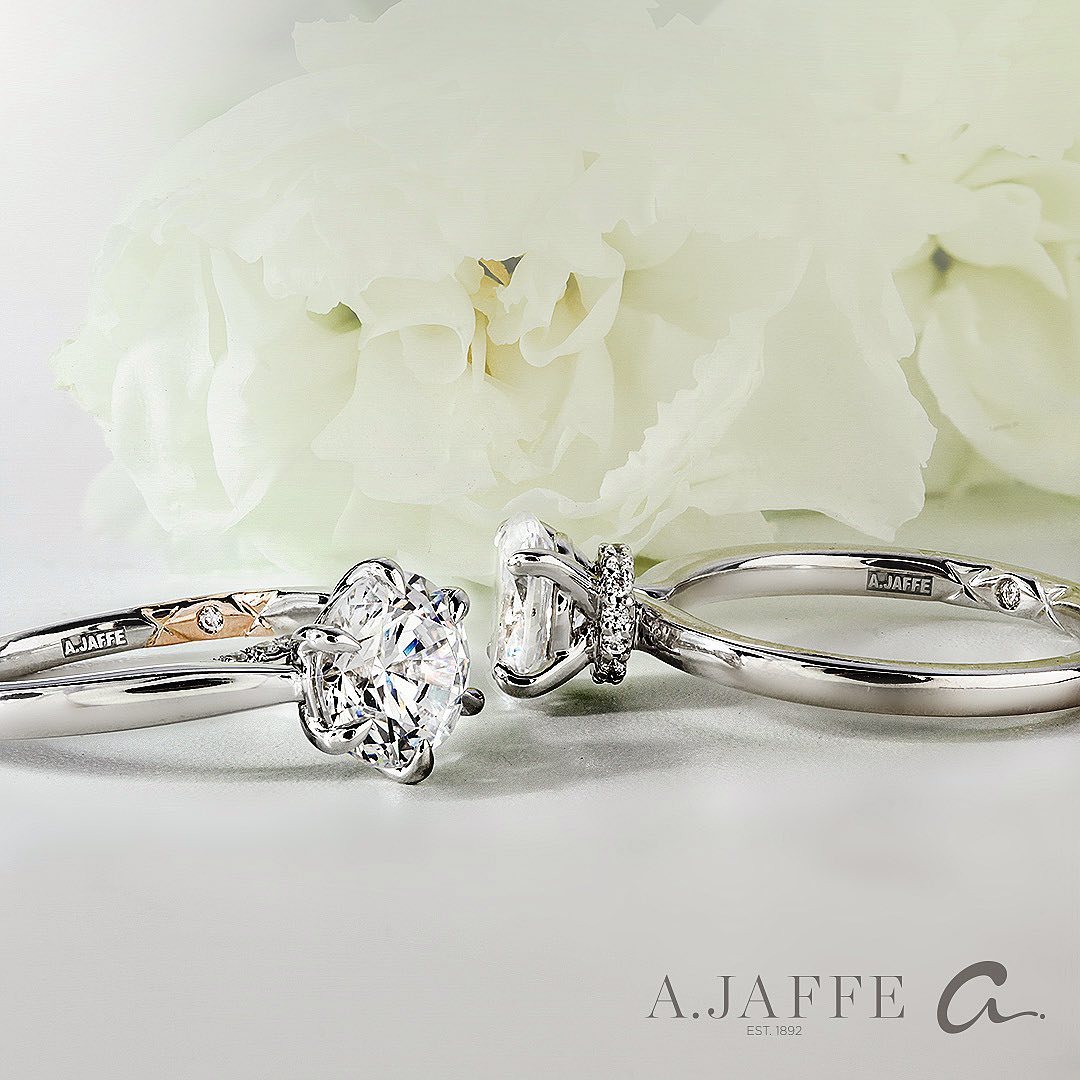
Sentimental Jewelry from Alter's Gem[/caption] These pieces were ways for women to connect with their loved ones when they were far away fighting the war. Pins and pendants were especially beloved, sitting close to the heart. They also served the purpose of pushing forward the nationalist agenda that the United States of America was embracing as a means of getting the entire country to participate in what was deemed to be a righteous war. Some sweetheart jewelry pieces were handmade by soldiers themselves while they were abroad. Most of it, however, had roots in the United States of America. Soldiers would often purchase these pieces in order to send them home.
The materials used for sweetheart style jewelry were mostly, if not exclusively, all non-essentials. There were rations on precious metals that were so severe that men who were not actively fighting would be found collecting scrap metal, which would then be melted down and used to construct weapons. Cheap and readily available semi-precious materials were used in the construction of these pieces, although there are rare instances of diamond encrusted frames and other expensive adornments. This was not the norm, however, and represents an exception to the rule as opposed to what was common at the time. Maybe you have heard about how popular it was during World War II to keep a locket of a loved one’s hair in a locket.
This is one of the ways the sweetheart tradition became more prevalent and modernized during World War II. The ritual endured, although the ways in which jewelry was purchased, made, and worn changed according to the availability of materials and common fashion of the time. Collectors continue to value pieces like these very highly, attending auctions and antique shows as a way of finding valid, authentic pieces in person, and, fascinatingly enough, many United States families still have mementos from this riveting chapter of our nation’s history.
